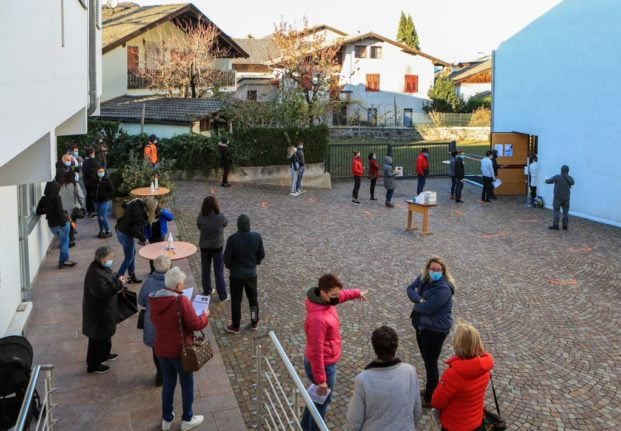On February 1st, Italy relaxed coronavirus restrictions in most regions, moving them from the “orange zone” to the less restrictive “yellow zone”, under the national colour-coded system that indicates risk and restrictions in place.
Serve massima prudenza su tutto il territorio nazionale.
Non dobbiamo vanificare i progressi delle ultime settimane, risultato dei sacrifici fatti. Zona gialla non significa scampato pericolo. Il rischio, anche per via delle varianti, resta alto.
Non si scherza con il fuoco.— Roberto Speranza (@robersperanza) February 7, 2021
#COVID19
Da lunedì 8 febbraio nuove misure per contenere i contagi in Alto Adige.
➡ Chiusi bar, ristoranti, buona parte dei negozi e strutture ricettive
➡ Didattica a distanza per le scuole
➡ Divieto di spostamento dal proprio comune di residenzahttps://t.co/v66vNTyZyb pic.twitter.com/53TpBxXTsv— ProvinciaBolzano (@ProvinciaBZ) February 4, 2021



 Please whitelist us to continue reading.
Please whitelist us to continue reading.
Member comments